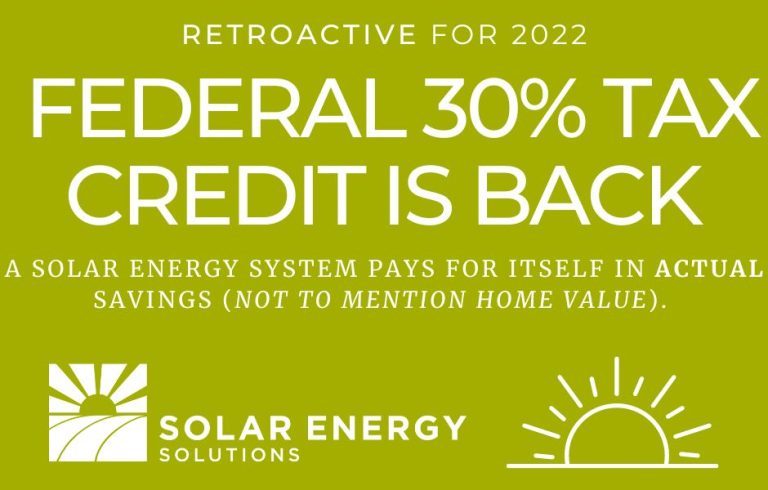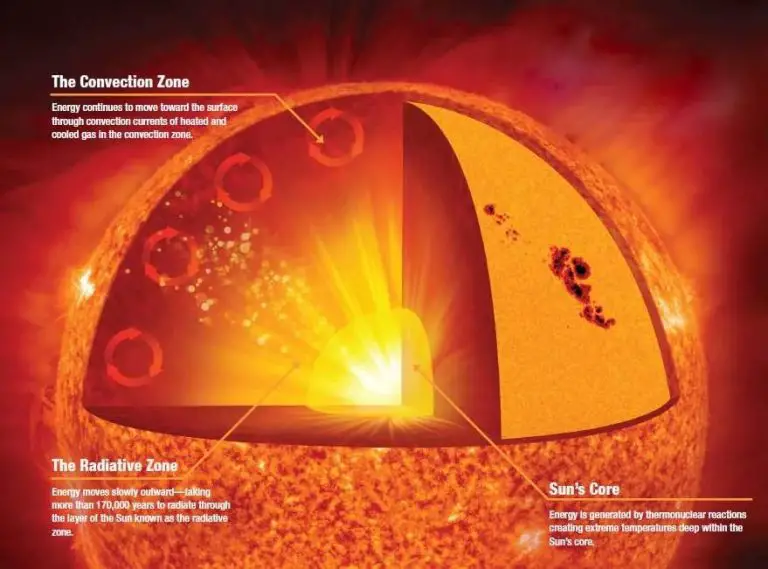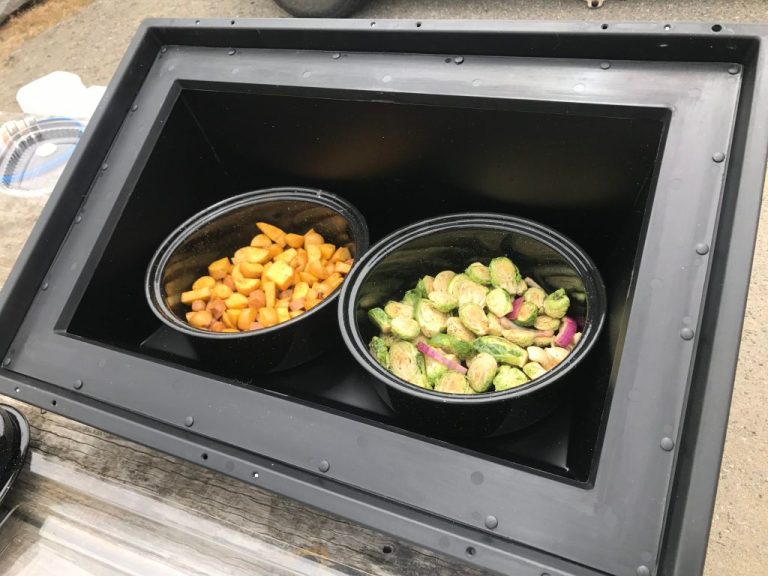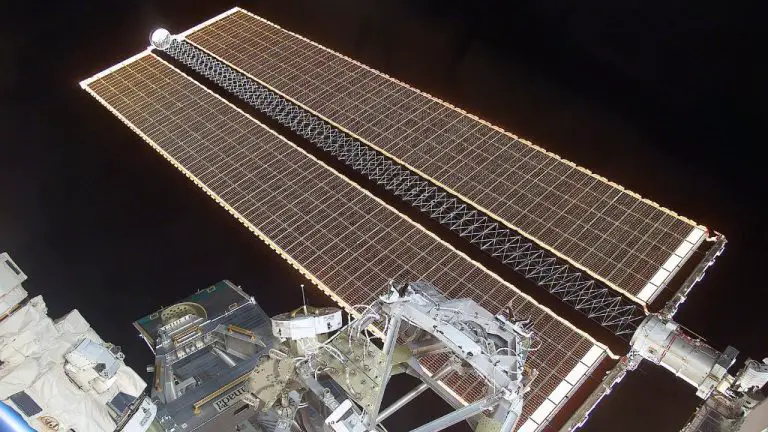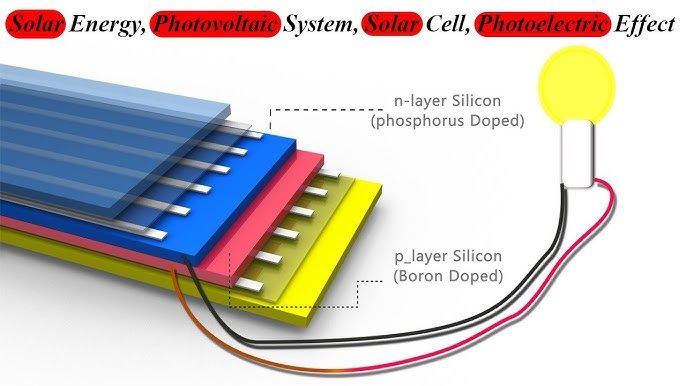Do Solar Panels Need An Inverter?
What is an inverter?
An inverter is a device that converts direct current (DC) electricity from solar panels into alternating current (AC) electricity that can be used in homes and businesses (Source). Inverters play a crucial role in solar energy systems by transforming the DC output into usable AC power.
There are several types of solar inverters:
- String inverters: These are the most common type and connect to multiple solar panels. They are mounted on the side of homes and businesses (Source).
- Microinverters: Smaller inverters attached to each solar panel that convert DC to AC at the panel level.
- Power optimizers: DC-to-DC converters connected to each panel that optimize power before a central inverter.
In summary, a solar inverter takes the DC electricity from solar panels and transforms it into usable AC power for a building’s electrical system.
How do solar panels work?
Solar panels work through the photovoltaic effect, which is the process of converting sunlight into electricity. Solar cells inside the panel absorb photons from sunlight and free electrons from atoms. The solar cells are made up of semiconductor materials like silicon which have a crystalline structure.
When sunlight hits the solar cell, the photons strike the electrons in the semiconductor material. This energizes the electrons and causes them to break free from their atoms. The electrons can then flow through the material to produce electricity. The flow of electrons generates a voltage and electric current.
Solar cells have a positive and negative layer which forms an electric field. The electrons want to flow from the negative (N-type) layer to the positive (P-type) layer, but the electric field acts as a barrier. Metal conductive plates on the cell collect the electrons and channel them in a directional current, which is the electricity we can use.
Individual solar cells are connected together in series to form a solar panel. The more sunlight that hits the panel, the more electricity that can be produced. The output of solar panels is DC power which needs to be converted to AC power for most household uses through an inverter.
Do all solar panels need an inverter?
Whether or not a solar panel system requires an inverter depends on if it is an off-grid or grid-tied system. Off-grid systems operate independently from the electrical grid and supply power directly to a home, business, RV, boat, etc. These systems require batteries to store energy produced by the solar panels during the day for use at night or on cloudy days. Batteries store DC power, so an inverter is required to convert that to regular AC power that appliances use (source).
Grid-tied solar systems are connected to the electrical grid and any excess solar energy produced is fed back into the grid. These systems do not require batteries for storage since they can pull electricity from the grid when needed. However, since the grid operates on AC power, an inverter is still required to convert the DC output of the solar panels into AC power that can sync with the grid (source). The only exception would be some small off-grid systems designed to directly power DC appliances or devices.
So in summary, the vast majority of solar power systems, whether off-grid or grid-tied, require an inverter as part of the system design and function.
Pros and cons of inverters
Inverters play a crucial role in solar energy systems by converting the DC power generated by solar panels into usable AC power that can connect to the electrical grid or power electrical loads. There are some key advantages and potential drawbacks to using inverters with solar panels:
Pros:
- Inverters convert the DC electricity from solar panels into standard AC power for compatibility with electrical systems and appliances (Solar Inverters: Types, Pros and Cons, 2022). This allows solar energy to be used directly on-site or fed back into the grid.
- By converting DC to AC, inverters allow solar panels to connect to the utility grid so excess solar energy can be exported and sold back to the energy provider (Solar Inverters: Advantages and Disadvantages, 2022).
- Inverters optimize and maximize the productivity of the solar array by performing MPPT to get the most power from the panels (Solar Inverters: Types, Pros and Cons, 2022).
Cons:
- Purchasing and installing an inverter adds cost to a solar PV system. Inverters are an essential balance of system component.
- As an electronic device, inverters can potentially fail or malfunction and act as a single point of failure that could take the solar system offline (Pros and Cons of String Inverters vs. Microinverters, 2023).
Types of inverters
There are three main types of inverters used in solar panel systems:
String inverters (central inverters)
String inverters, also known as central inverters, are the most common type used in residential solar systems. They are placed centrally in a solar array and connected to multiple solar panels. String inverters convert DC electricity from the solar panels into AC electricity that can power your home. They are simple to install and cost-effective, but if one inverter fails, the whole system will shut down [1].
Microinverters
Microinverters are small inverters attached to each individual solar panel instead of the whole array. This makes them more efficient than string inverters because each panel can operate at its maximum power point. They are also safer since a failure of one microinverter won’t affect the whole system. However, microinverters are more expensive upfront and require more maintenance [2].
Power optimizers
Power optimizers are DC/DC converters that attach to each solar panel like microinverters. They maximize energy harvest from each panel and allow panels to operate independently. Power optimizers need to connect to a central inverter, so if the inverter fails the whole system will shut down. They provide some benefits of microinverters at a lower cost [3].
When choosing an inverter, you’ll need to weigh factors like reliability, monitoring capabilities, warranty length, and cost. Microinverters provide panel-level monitoring and optimization but have a higher upfront cost. String inverters are more affordable but lack panel-level control.
References:
[1] https://www.solar.com/learn/solar-inverter/
[2] https://airisenergy.us/types-of-solar-inverters/
[3] https://greenridgesolar.com/types-of-solar-inverters/
Inverter sizing
When sizing a solar inverter, there are a few key factors to consider:
The size of your solar array – The power output capacity of your solar panels will impact what size inverter you need. Generally, your inverter should be sized for 20-30% larger than your total solar array wattage to allow for clipping.
Your home’s energy usage – Consider your home’s average energy usage to make sure your inverter can handle the load during peak production hours. Oversize based on future energy needs.
Utility connection limits – If you are connecting to the grid, make sure your inverter size aligns with any limits set by your utility company.
Future expansion plans – It’s smart to oversize your inverter to allow for adding more solar panels down the road. An oversized inverter will operate efficiently even if your system is not maxed out yet.
Oversizing your solar inverter provides a buffer as your energy needs change over time. The downside is a higher upfront cost. Undersizing can lead to lost energy production and system inefficiencies. Most experts recommend oversizing by at least 25% if budget allows. The optimal inverter size balances your current and future energy needs with costs.
Inverter efficiency
Typical household solar inverters have efficiencies ranging from 90-95% for high quality pure sine wave inverters, and 75-85% for less expensive modified sine wave inverters (according to https://www.e-education.psu.edu/eme812/node/738). The efficiency rating indicates how much of the DC power from the solar panels is converted into AC power that can be used or exported to the grid. The higher the efficiency, the less energy is wasted as heat during the inversion process.
There are several ways to maximize inverter efficiency (according to https://www.solarchoice.net.au/blog/optimizing-solar-panel-system-efficiency-through-inverter-sizing/):
- Choosing an inverter with at least 96-97% peak efficiency.
- Properly sizing the inverter – an oversized inverter will run below its optimal load level.
- Operating the inverter as close as possible to its rated power.
- Installing the inverter in a cool, shaded location.
- Using a high-quality pure sine wave inverter.
Paying attention to inverter sizing and efficiency ratings is key to maximizing solar system performance.
Inverter Warranties
A solar inverter typically comes with a 5-10 year standard warranty covering defects in materials and workmanship. However, most major brands like SolarEdge and Enphase offer extended warranty options up to 20-25 years for an additional cost (Source). These warranties normally cover the replacement cost of a failed inverter, though shipping fees may apply.
Standard warranties tend to cover manufacturing defects and inverter failure not caused by improper installation or external factors. However, extended warranties provide more comprehensive coverage. For example, Enphase’s 25-year warranty covers lightning damage, pest damage, and accidental damage in addition to defects (Source). SolarEdge also offers strong protection against cyberattacks and hacking on top of equipment failure and defects (Source).
While warranties cover replacement parts and labor, they do not cover loss of power production or revenue. Homeowners may need to purchase separate system performance guarantees. It’s also important to register the system and keep documentation to validate warranty claims if equipment fails down the road.
Inverter replacement
Most solar inverters have a lifespan of around 10-15 years before needing replacement (source). However, inverters may fail prematurely due to issues like power surges, electrical storms, excess heat, or physical damage.
Replacing a solar inverter is typically done by a licensed solar technician or electrician. The process involves disconnecting and removing the old inverter, then installing and connecting the new inverter. Most solar inverter replacements take 2-4 hours for a technician to complete.
The cost to replace a solar inverter ranges from $1,000-$4,000 depending on system size and inverter brand (source, source). Labor charges add $100 or more per hour. Factoring in permits and disposal fees for the old inverter can also increase overall replacement costs.
To avoid inverter failure, homeowners should have a technician periodically inspect, clean and service the inverter. Proactive maintenance helps maximize inverter lifespan.
Conclusion
In summary, inverters play a crucial role in solar panel systems by converting the DC power generated by solar panels into usable AC power for your home. While not all solar installations require inverters, such as off-grid systems, grid-tied systems need inverters to sync the power output of the solar panels with the utility grid.
When deciding on an inverter, it’s important to properly size your inverter, choose a high efficiency model, and select a reputable brand that offers a strong warranty. Microinverters and power optimizers are two technologies that can maximize efficiency and performance. Overall, investing in a quality inverter will pay dividends through increased solar production and reliability.
For most residential solar panel installations, microinverters or power optimizers paired with a central inverter tend to provide the best performance and efficiency. Choose an inverter sized appropriately for your system size that also has the features you need. Select established brands with good warranties, high peak efficiency ratings, and quality reputation. With the right inverter, your solar panels will reliably generate clean energy for decades to come.

